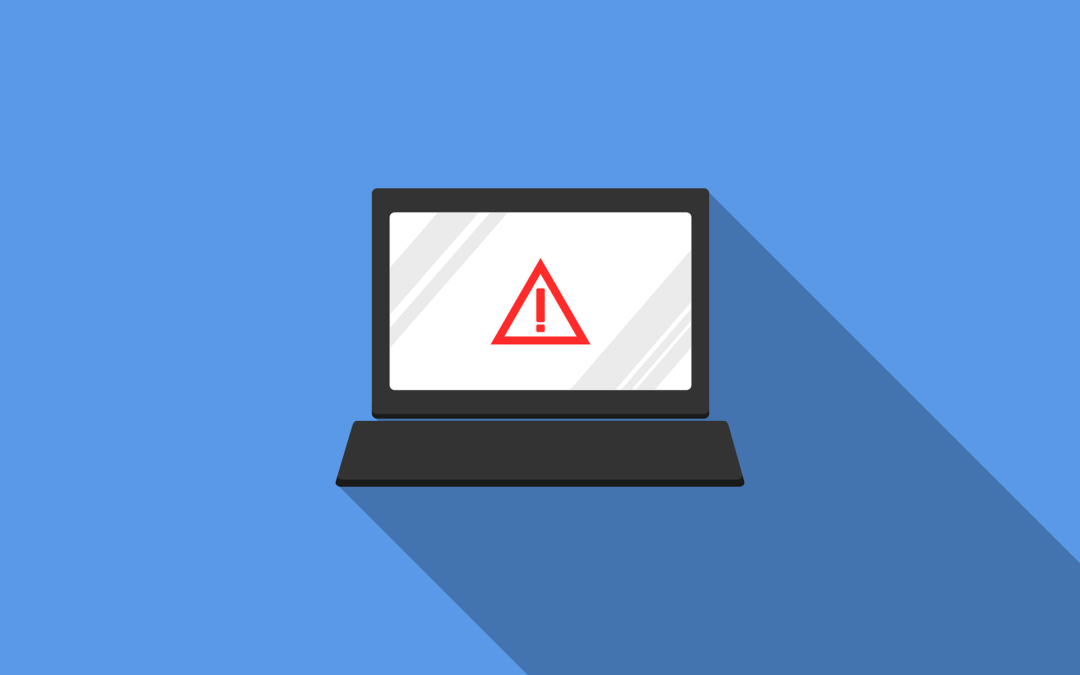Guest blog by Shigraf Aijaz, Head of Contnet at CyberQ Group.
The COVID19 pandemic and “modernization” has shifted most of the business world into a virtual state. However, this efficient method butts head with an influx of cyber attacks resulting in crippling businesses and sinking brands.
This rapidly evolving cyber threat landscape has businesses scrambling to take cover under robust cybersecurity measures. The cost of an average data breach in the UK is $3.9 million, which is slightly higher than the rest of the world.
The costs indeed are troublesome for small and large scale businesses alike, being too great to ignore. Moreover, cyber-attacks can often cripple businesses as clients and investors alike lose their interests.
Therefore organizations have shifted towards integrating smart technology to protect themselves. However, with cybercriminals growing savvier in their attacks, a comprehensive approach to cybersecurity is much needed. It is crucial for the cybersecurity program to be designed to cover all aspects of an organization, such as process and people, along with security tools and other technology.
Is Holistic Cybersecurity The Answer?
There is no doubt that a cyber program relying on the use of smart technology is indeed secure. However, there is a steady increase in social engineering and insider attacks. Researches have shown that:
- 98% of cyber attacks occur through social engineering tactics
- 63%of data breaches occur through insider threats
Therefore robust cybersecurity now requires a program formed through a combination of organization, technology, human factors, culture, and security that can prove much more effective.
It is a generalized concept that a spread-out concept of cybersecurity involving people and technology alongside can prove to be highly effective in attenuating cybersecurity. This stands primarily as widespread security measures can cover vulnerabilities at several fronts.
Moreover, this approach works to scrutinize and evaluate every cyber threat detection and prevention method leaving the organization more secure. Therefore a multi-layered system of cybersecurity is the only way to achieve uniformed security.
The following are factors that play a crucial role in interaction with the holistic approach to cybersecurity:
1. Managing employees
Employees are a crucial part of an organization, and the holistic approach to cybersecurity emphasizes their importance based on social and cultural factors. Misconceptions regarding cybersecurity take it to be a mere initial threat; however, most cyberattacks primarily have human psychology and behavior at play.
Cybercriminals tend to exploit flaws in human behavior and psychology; therefore, it is essential to recognize people as the strongest or the weakest link in the cybersecurity infrastructure.
This comprises having skilled IT professionals or very well integrated SOC centers working within the company. These professionals would overlook cybersecurity measures such as integrating the right tool or executing the appropriate practice.
Additionally, this staff could train and educate other staff that might fall to social engineering attacks on combatting them. This is particularly crucial as cybercriminals tend to exploit gullible employees.
2. Technology is necessary
Albeit it is not wise to only rely on technology for security, it is equally important to realize the core part of the security infrastructure. It is important to properly integrate every tool within its proper place so that it works accordingly.
Additionally, the technology should be well manageable and understandable so that it can ensure proper security. Moreover, security personnel should recognize what tools they need to strengthen the cybersecurity framework of the organization.
Unlike most organizations, it is best not to integrate several cybersecurity tools as it can get overwhelming. Moreover, integrating several tools may create a frenzy, making the organization vulnerable as none of the tools would be integrated adequately to maximum effectiveness.
3. Insider threats are a real thing.
Insider threats are one of the most dangerous threats that organizations can come across. They come on par with external threats primarily as the insider has remote access to all the assets and information present within the organization and can exploit any vulnerabilities present.
These insider threats are often gullible employees who accidentally carve a path for cybercriminals in the organization, either through downloading malicious attachments or responding to social engineering tactics.
However, insider threats are also discontent employees who may sell sensitive information or destroy valuable monetary gain resources.
4. Promoting security as a shared responsibility
Cybersecurity is human-centric; therefore, instilling a sense of responsibility towards it can help maintain security. For this organization could encourage employees to follow security protocols which can significantly decrease vulnerabilities,
Moreover, this concept makes employees well aware of their roles in keeping the organization, further promoting responsibility and loyalty.
Additionally, to fully promote this concept, it is upon the management to create openness within the organization so that employees don’t hesitate to report a cybercrime as soon as it is discovered.
5. Culturing growth and development
The cyber threat landscape is continuously evolving as criminals lookup more methods to exploit naive victims. Therefore it is essential to grow and develop cybersecurity infrastructures regularly.
A holistic approach to cybersecurity stresses this idealogy. This approach relies on learning from colleagues and industries to build up a defense against cybercrimes.
Parting words
A holistic approach to cybersecurity is a comprehensive approach that can best protect an organization against vulnerabilities. The concept is based on a perfect balance of technology, people, and security practices as the core component of an organization; therefore, it is considered the most effective method of integrating cybersecurity.





